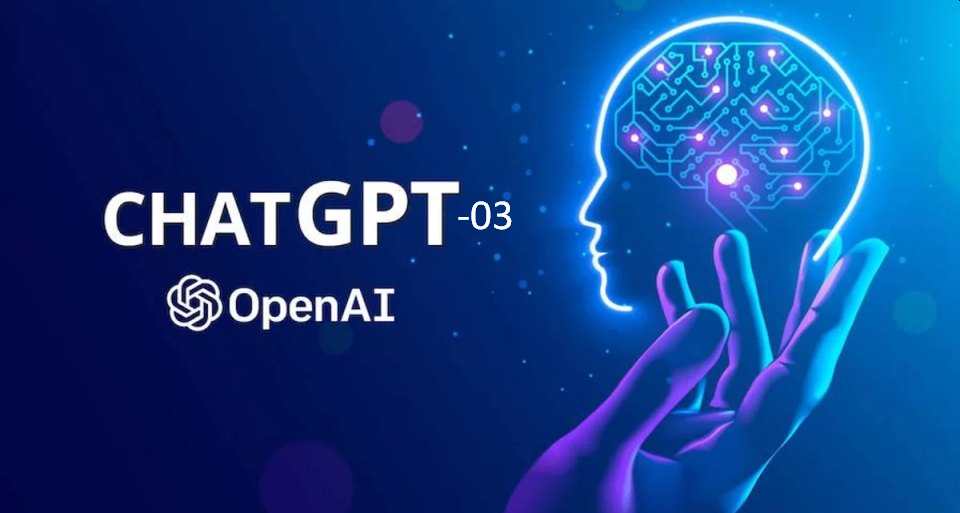OpenAI unveils o3, a next-gen reasoning model that approaches AGI

OpenAI has announced its latest AI reasoning models, o3 and o3-mini, which aim to tackle complex problems with greater precision and efficiency. These models represent a significant leap in AI capabilities, building on the foundation set by the o1 series introduced in September 2024. The announcement follows company CEO Sam Altman’s prediction last month that OpenAI is on track to achieve artificial general intelligence (AGI) by 2025.
The o3-mini model, designed as a faster and distilled version of o3 optimized for coding tasks, is set to launch by the end of January 2025. The full o3 model will follow shortly after. Both models are currently undergoing rigorous safety evaluations, and OpenAI is inviting safety and security researchers to participate in early testing, with applications open until January 10, 2025.
In a post on X, OpenAI shared details about these new models and emphasized its commitment to safety and reliability. The announcement highlights the o3-mini as the first version expected to be made publicly available, offering developers and coders a glimpse into the practical applications of the o3 series.
By opening early access applications, OpenAI is providing researchers a unique opportunity to contribute to the refinement of these transformative AI models ahead of their 2025 release.
“Today, we shared evals for an early version of the next model in our o-model reasoning series: OpenAI o3,” OpenAI said on X.
Today, we shared evals for an early version of the next model in our o-model reasoning series: OpenAI o3 pic.twitter.com/e4dQWdLbAD
— OpenAI (@OpenAI) December 20, 2024
What Makes o3 Significant?
The o3 series introduces a groundbreaking “private chain of thought” methodology. This allows the models to simulate human-like reasoning by internally deliberating and planning before generating a response. By breaking down complex tasks into smaller, manageable steps, the o3 models aim to improve accuracy and efficiency in problem-solving.
The approach represents a shift in how AI handles reasoning, prioritizing thoughtfulness over speed. While this means responses may take longer, the trade-off is a higher level of sophistication and accuracy, even in challenging scenarios.

How Does o3 Perform?
Independent evaluations highlight o3 as a breakthrough in AI reasoning. The model has achieved unprecedented results across several benchmarks, including:
- ARC-AGI Benchmark: Scored 87.5% in high-compute scenarios, aligning closely with human performance levels.
- American Invitational Mathematics Exam (AIME) 2024: Scored 96.7%, missing just one question.
- Graduate-level Physics, Chemistry, and Biology Questions (GPQA Diamond): Attained an 87.7% score.
For context, the ARC-AGI benchmark is a tool used to measure AI’s ability to acquire new skills outside its training data. A score of 85% is generally considered to match human performance. OpenAI’s o1 model scored between 25-32% on this benchmark, while o3 has achieved a threefold improvement, solidifying its position as a next-generation reasoning AI.
NEW: OpenAI just announced ‘o3’, a breakthrough AI model that significantly surpasses all previous models in benchmarks.
—On ARC-AGI: o3 more than triples o1’s score on low compute and surpasses a score of 87%
—On EpochAI’s Frontier Math: o3 set a new record, solving 25.2% of… pic.twitter.com/mELIIFHLe5— Rowan Cheung (@rowancheung) December 20, 2024
A Step Toward AGI
Although o3 isn’t artificial general intelligence (AGI), its capabilities blur the line between advanced AI systems and true general intelligence. In practical scenarios, it performs tasks with precision that can often feel indistinguishable from human problem-solving.
This advancement invites critical reflection on the implications for industries, startups, and the broader AI ecosystem. As AI models like o3 continue to push boundaries, they redefine what’s possible in areas like education, research, and complex decision-making.
OpenAI’s o3 series sets the stage for a new era of AI reasoning, with potential applications that could transform how we interact with technology. Founders and innovators should take note—this is a development with the potential to reshape industries.




